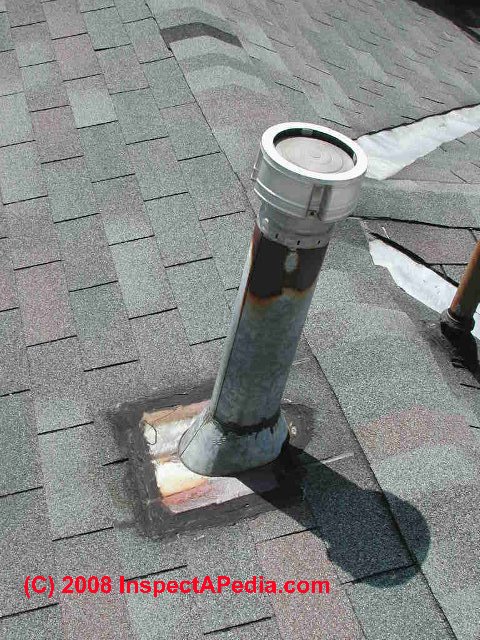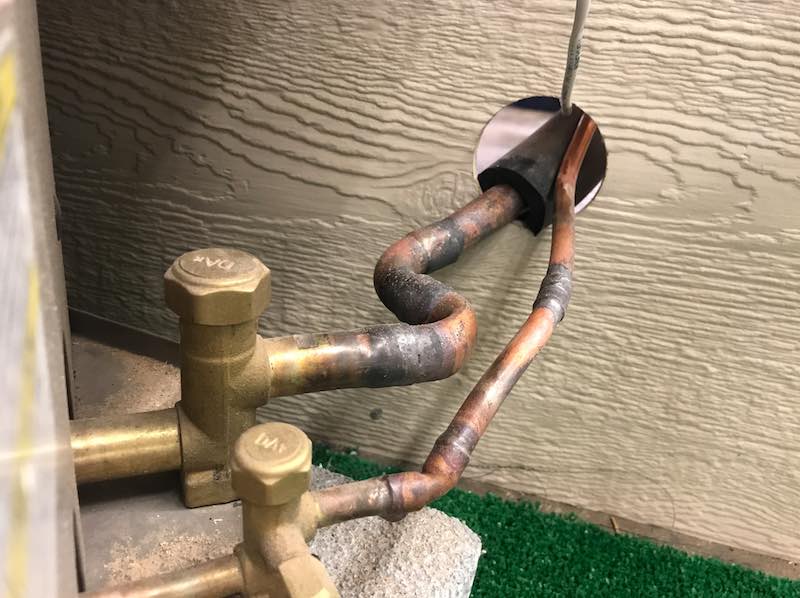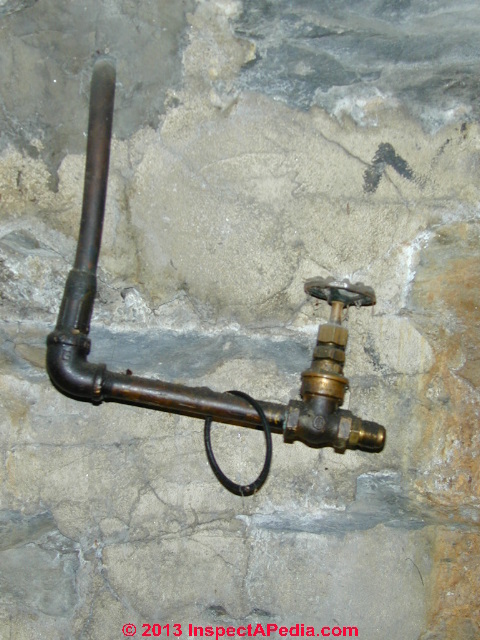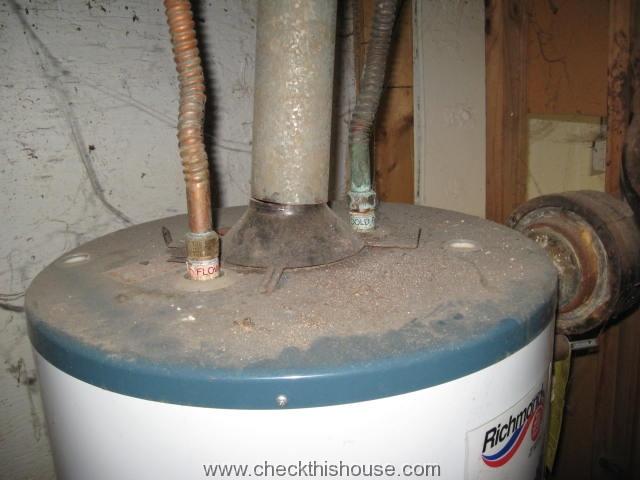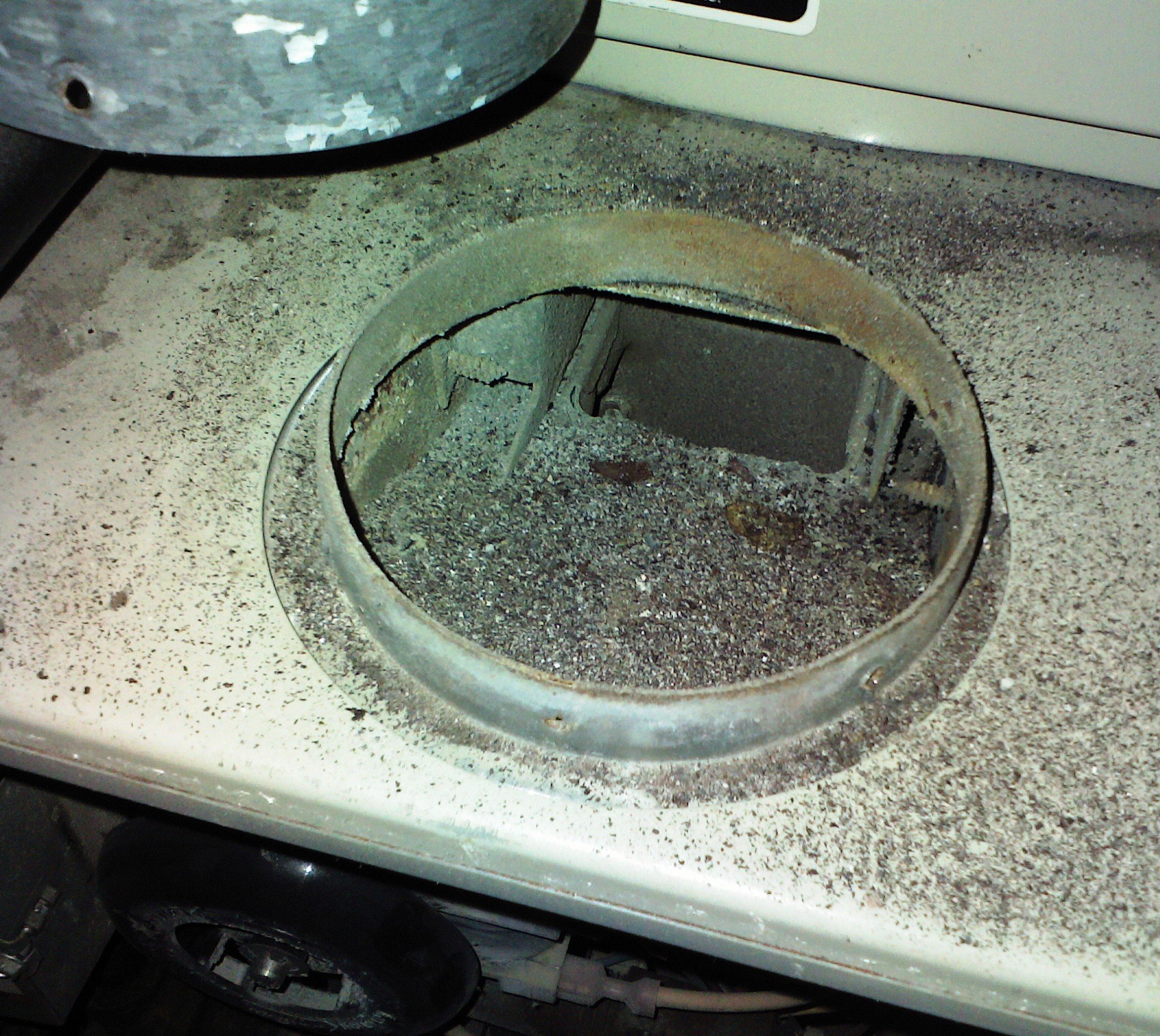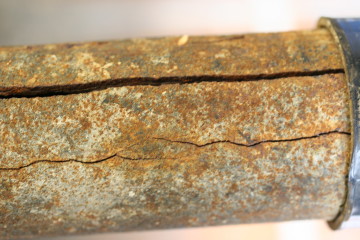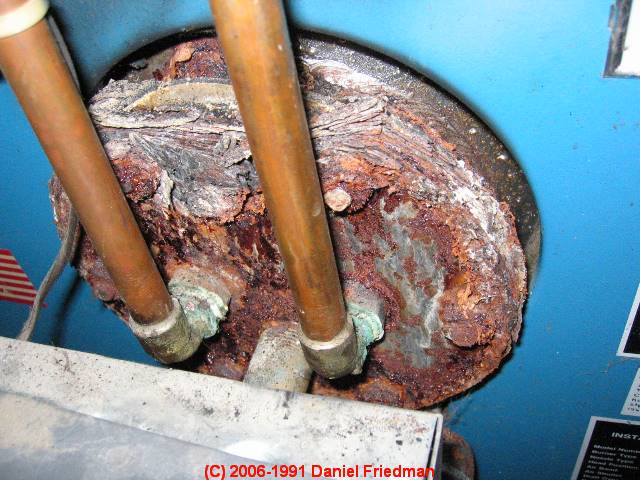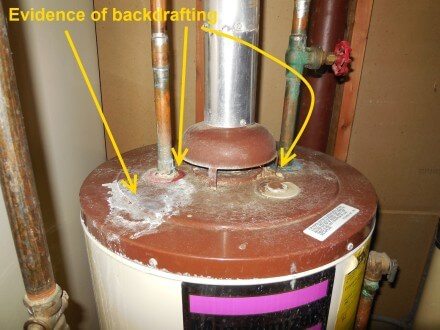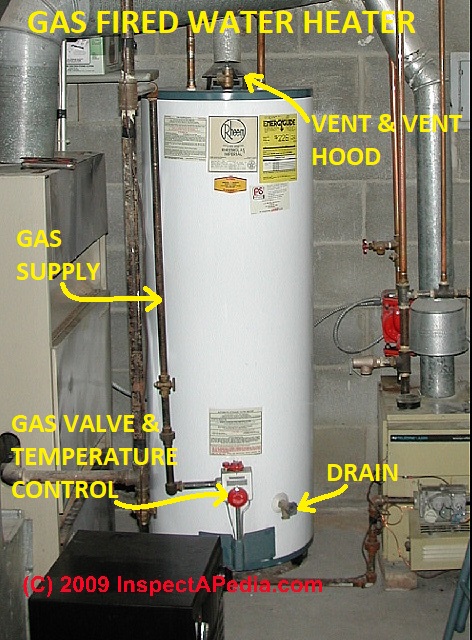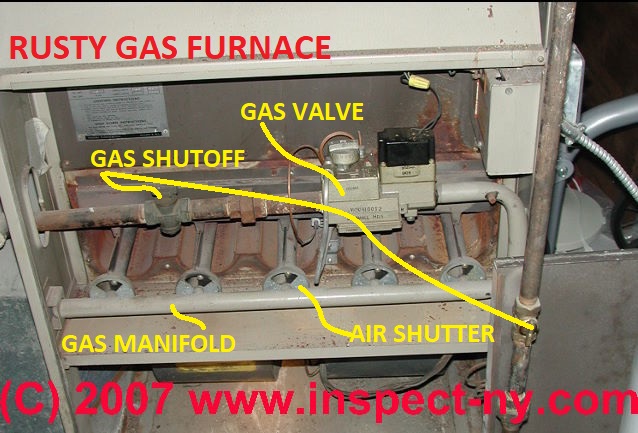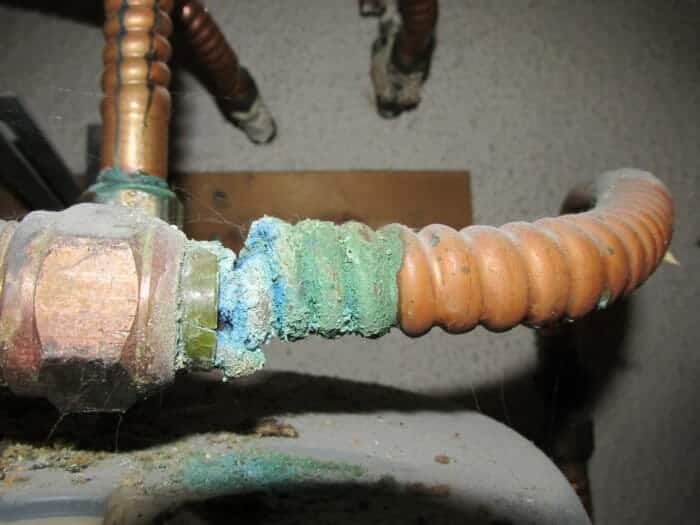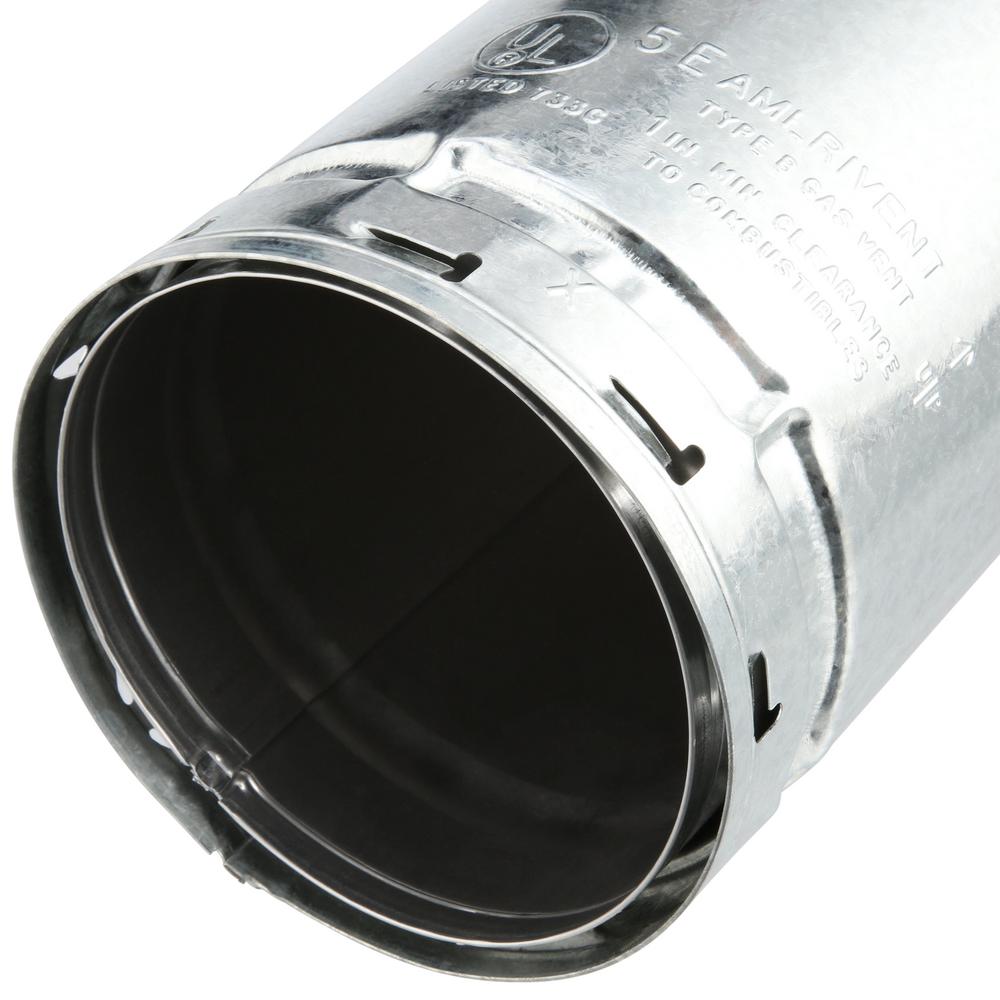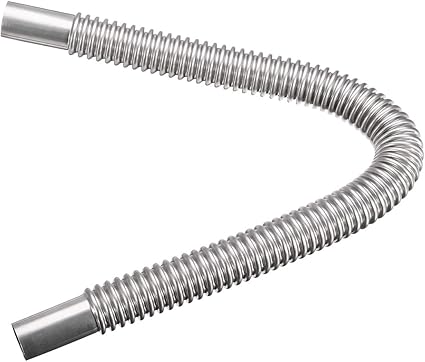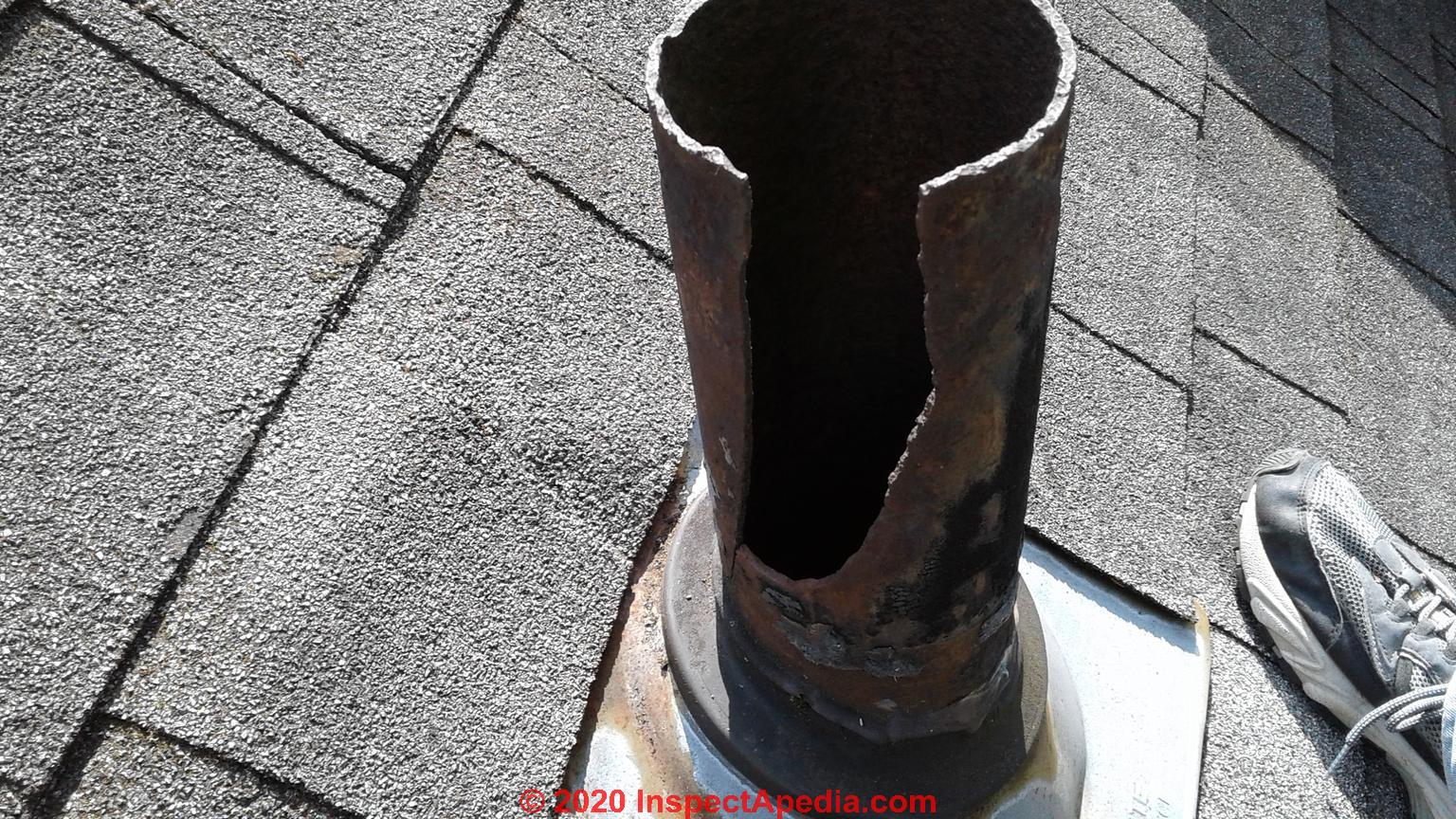Gas Furnace Vent Pipe Corrosion

Due to the condensing nature of a high efficiency furnace its venting must be made of a material that is resistant to corrosion.
Gas furnace vent pipe corrosion. When we are talking about gas furnace vent pipe code we need to talk about the different types of the vents first after all you want to keep your family safe from harm. Look for secure fastening and support of vent connector pipes. Venting for high efficiency gas furnaces materials. Rust and corrosion create leaks that allow the vapor to make its way into your home.
In a great majority of cases plastic piping is used to vent high efficiency equipment. Don t panic if either of these situations apply to you. More often than not this means you ve got a backdrafting problem. Plastic vent connector pipes must slope at least 1 4 per foot 0 25 12 of run so that condensate drains back to the furnace.
Well making sure that you choose the right venting style will protect them. But even the best venting furnace may have corrosion begin after so many years of combustion gas vapor in contact with metal. The different types of venting. Look at the outlet and inlet vent exhaust pipes and connections.
Look at the vent connector pipes for proper support slope and termination. Condensate from a high efficiency furnace typically has a ph of about 5 0 but can range from 3 5 to 6 5. When the combustion gases stay inside the vent pipe or are forced back into it before escaping the chimney you ll see corrosion on the metal usually at the elbows. You see white corrosion on your furnace vent pipes.
High efficiency boilers and furnaces require a condensate neutraliser to protect drain pipes from corrosion. Over time the moisture as well as the chemicals released by the furnace can damage the flue and vent pipe. Once a gas furnace is more than 15 years old corrosion is more likely. If you do notice corrosion anywhere on your furnace shut off the gas and contact a professional to check on the system.
The combustion by products of a gas furnace contain slightly acidic moisture. For various reasons it can condense inside the vent and drip out of the pipe connections and back into the furnace or onto the floor leading to corrosion of furnace components and. High humidity and moisture can play a part as can a lack of venting of exhaust gasses in your furnace. Corrosion is a serious problem.
Under normal furnace operation this particulate is vented to the exterior of the home. The epa recommends that household water be between 6 5 and 8 5 for health reasons not because of damage to pipes.


